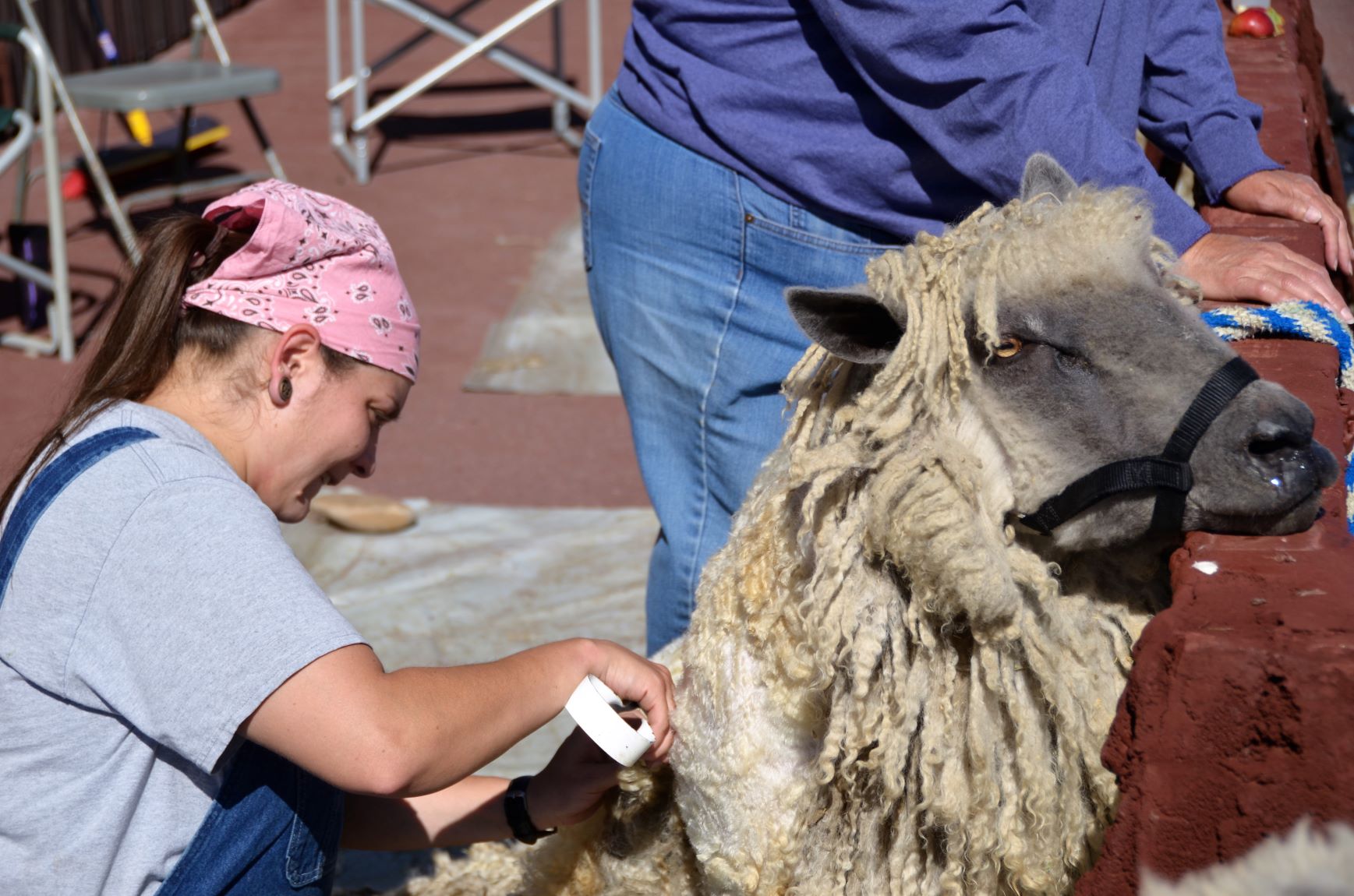
Pesticides and herbicides are widely used in the agriculture and shearing industry to repel pests and control the growth of unwanted plants. But if your farm does not use and store the chemicals the right way, the welfare of sheep is at risk – of course, the workforce and the environment also suffer.
So, today our discussion focuses on the safe use and storage of pesticides, herbicides and other chemicals used in the shearing industry to shield overall health and safety at the farm.
Identifying and Assessing Risks
You can find whether a particular chemical substance is hazardous by going through the container label. Then you can launch a risk assessment program to propose a correct method for the usage. Under these conditions, you need to review the assessment again:
-
Changes in regular activities
-
Latest MSDS churned out by the supplier
-
New chemicals in use
-
Five years passed since the last assessment
Controlling and Recording
Preventive measures that you take to reduce risks of accidents or chemical exposures also require maintenance if there are new changes around. Meanwhile, document the hazardous chemicals for allowing risk assessment and management to go smoothly.
Educating and Training the Workforce
Every shearing business owner should take up the duty to educate their workers. Under the Pesticides Act 1999, you are liable for any breaches related to your workers’ activities. For this reason, training programs hold the utmost level of importance. Follow this checklist –
-
Train the Workers: The training program should include the proper storage of chemical substances and making supervisors aware. Other than storing, knowing the accurate usage of pesticides is essential. Also, casual or seasonal employees should not be left out from the training.
-
Educate about Legislation: Workers should have a sound knowledge of the responsibilities under OHS Regulation and OHS Act. Implement the code of practice, meet regulatory compliance and inform about the related legislation regarding transportation.
-
Plan Emergency Procedure: Protection is the priority of the entire training program. Workers should keep in mind not to cause environmental damage and spread contamination. Also, they must learn how to report illness or injury and provide first aid.
-
Focus on Personal Safety: For a worker’s personal safety, there should be a risk assessment process with health surveillance, preventive control measures, air monitoring and exposure controls.
So, are you ready to implement these procedures at your farm? Top the safety with the best-selling shearing gears and accessories. Shop now!


You must be logged in to post a comment.
click here to log in